Participant demographics
The study included a total of 996 participants with varied demographic and health-related characteristics. Most participants were young adults aged 18–29 years (69.1%), followed by 17.7% aged 30–39. The gender…
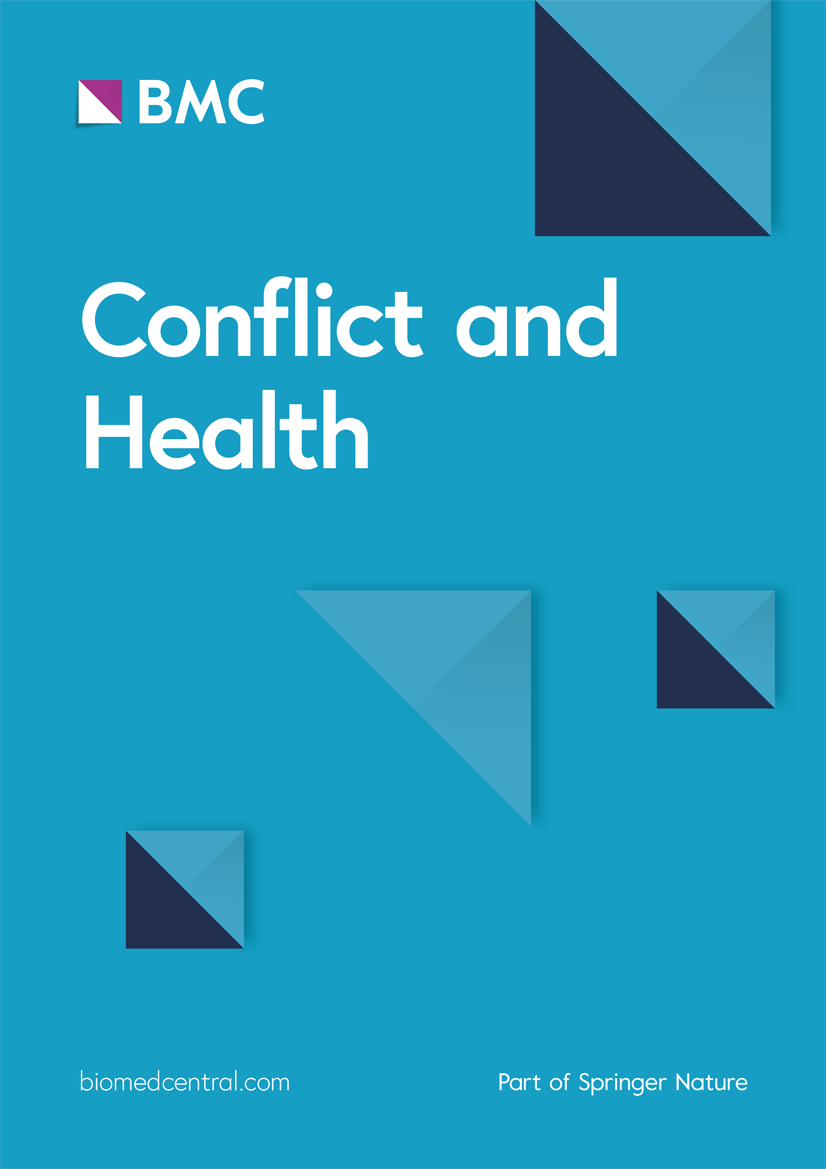
The study included a total of 996 participants with varied demographic and health-related characteristics. Most participants were young adults aged 18–29 years (69.1%), followed by 17.7% aged 30–39. The gender…
You don’t have permission to access “http://indianexpress.com/article/health-wellness/borderline-cholesterol-at-25-heart-attack-at-35-how-you-shouldnt-ignore-even-mild-spike-ldl-10305579/” on this server.
Reference…
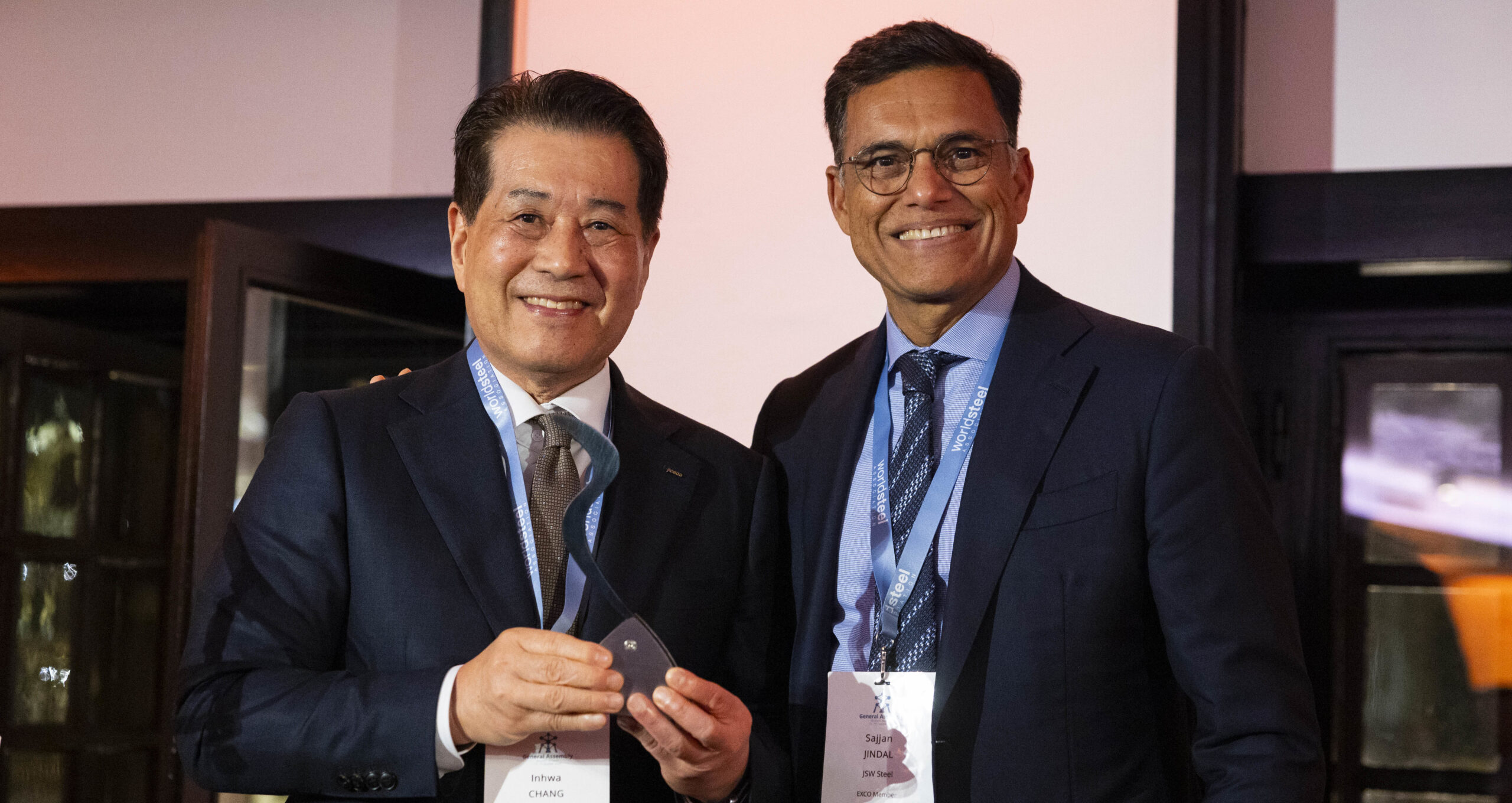
The Steelie Awards recognise member companies for their contribution to the steel industry over a one-year period. The selection process for the shortlist varies between awards. In most cases the submissions are requested via the appropriate worldsteel committee. Entries are then judged by selected independent expert panels. The winners and judges for each award are listed below.
EMSTEEL – Pioneering low-carbon steel: EMSTEEL’s multi-lever net-zero strategy
Judges:
InfraBuild – SENSE 600: Innovative lower-embodied carbon reinforcing steel solution
Judges:
Ternium – Winds of change: Ternium’s first step into renewable energy in Argentina
Judges:
HBIS Group Co., Ltd. – “LCA+Life Well-Being Index” Collaborative Evaluation System: Innovating to driving marketing and application of metal decorative products.
Judges:
ArcelorMittal – Integration of army veterans and supporting the families of fallen employees
Judges:
ArcelorMittal – The Paris 2024 Olympic and Paralympic Games
Judges:
#Ends#
Notes
The World Steel Association (worldsteel) is one of the largest and most dynamic industry associations in the world, with members in every major steel-producing country. worldsteel represents steel producers, national and regional steel industry associations, and steel research institutes. Members represent around 85% of global steel production.

A tiny molecule called a nanobody may succeed where today’s cancer drugs often fail, according to University of Hawaiʻi at Mānoa researcher Stefan Moisyadi, who has been refining the concept for nearly a decade.
“Antibodies won the Nobel Prize for immunotherapy,” said Moisyadi, a scientist at the Yanagimachi Institute for Biogenesis Research at the John A. Burns School of Medicine (JABSOM). “They work in some cancers, but not all. In colorectal cancer, they hardly work at all. But when we used nanobodies, bingo, it worked.”
The study, published in eGastroenterology, shows how Moisyadi and his team from JABSOM, the UH Cancer Center, and the College of Tropical Agriculture and Human Resilience used mRNA (messenger ribonucleic acid) to make the body produce nanobodies that block PD-L1—a molecule that helps tumors hide from the immune system. By stopping PD-L1, nanobodies allow immune cells to recognize and attack cancer.
Nanobodies are about one-tenth the size of regular antibodies, cheaper to make, and more resilient under stress, according to the research.
“They don’t trigger an immune response in the patient,” Moisyadi said. “They penetrate better because they’re small. They can even refold back to their original shape when conditions improve. Basically, they’re indestructible—they work much better and they’re cheaper.”
Basically, they’re indestructible—they work much better and they’re cheaper.
—Stefan Moisyadi
While traditional antibody treatments can cost patients more than $200,000 a year, nanobody therapy—delivered as mRNA, similar to the COVID-19 vaccines—could cost only a fraction of that, making it far more accessible to patients.
“People can’t afford antibody treatments,” Moisyadi said. “Here we make an RNA version. The patient’s own cells turn it into a protein… It goes into the circulation, finds the tumor, and blocks PD-L1.”
In mouse studies, the treatment cut tumor growth by about 50%—a major result for a cancer that rarely responds to immunotherapy.
Now collaborating with the University of Maryland, Baltimore County, Moisyadi hopes to see this breakthrough continue growing from its roots in Hawaiʻi.
“This works,” he said. “We have the chance to be on the cutting edge. We need to have leaders’ buy-in because everyone here is still focused on antibodies.”
Read more at JABSOM
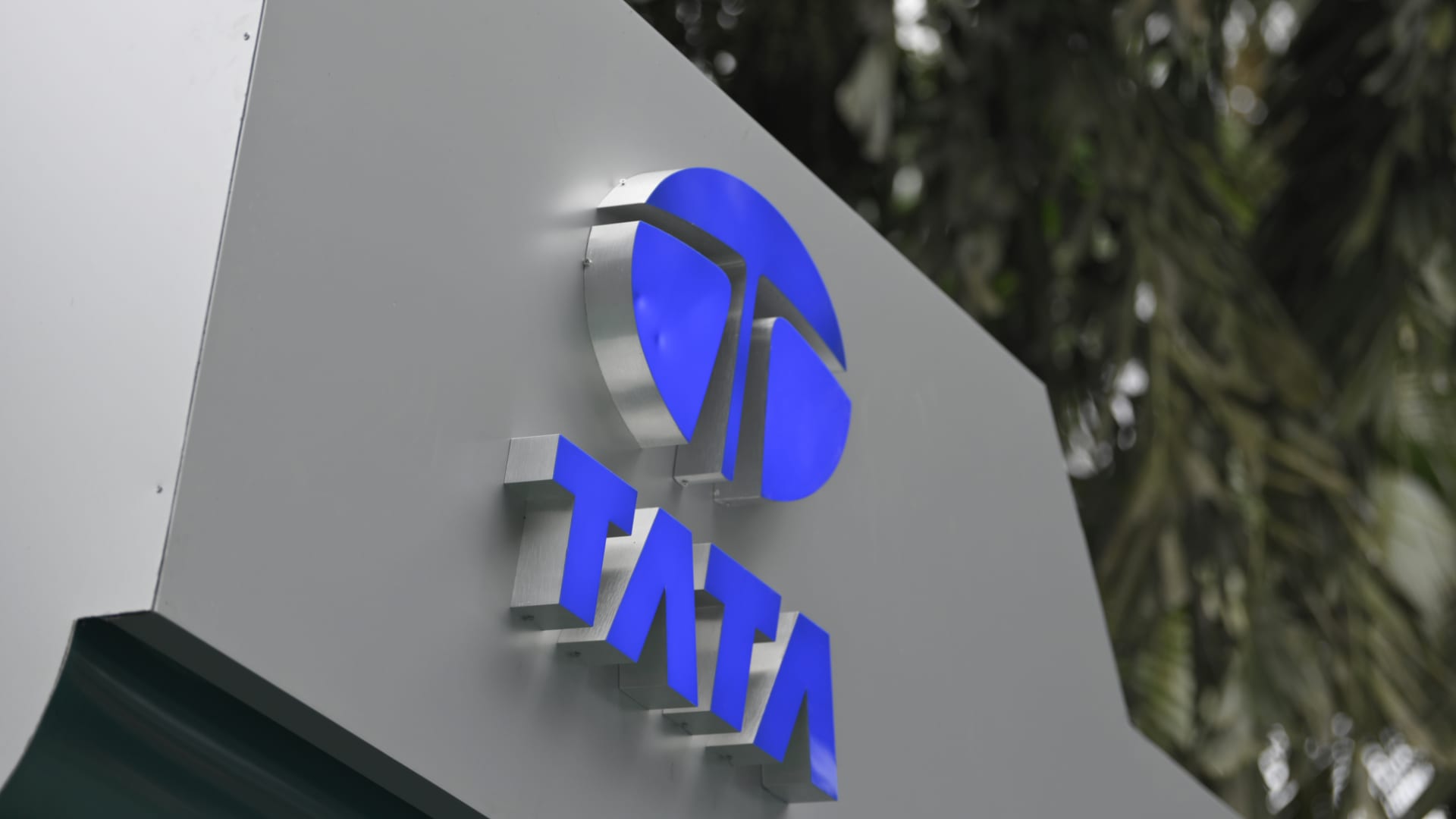
Tata signage is visible during the launch of the TATA EV charging hub in Mumbai, India, on September 9, 2025.
Indranil Aditya | Nurphoto | Getty Images
Tata Electronics has acquired Chinese industrial firm Justech Precision’s India unit for close to $100 million, according to two people familiar with the matter, as the Tata Group subsidiary bolsters its manufacturing capacity to benefit from Apple’s focus on iPhone manufacturing in India.
The transaction was concluded in August, with HSBC Bank and HDFC Bank advising on the deal, according to the people close to the deal.
Headquartered in the city of Kunshan in Jiangsu, China, Justech Precision has been a supplier to Apple since 2008. It provides industrial equipment, such as computer numerical control machines used for precise cutting and fabrication tasks, to Foxconn, the world’s largest assembler of Apple products.
Justech Precision Industry India, incorporated in late 2019 and based in the southern Indian state of Tamil Nadu did not respond to CNBC’s requests for comments, neither did Tata Group. Tata Electronics declined to comment.
In January, Tata Electronics reportedly bought a 60% stake in Taiwanese contract manufacturer Pegatron’s India operation that operates an iPhone plant, Reuters reported. The deal’s value was not disclosed.
The acquisitions come as Tata Electronics, which began assembling iPhones in India in 2023, seeks to expand its manufacturing capacity as Apple reportedly plans to source all of the iPhones for the U.S. market from India by the end of 2026.
Apple, which still manufacturers most of its smartphones in China, has been taking urgent steps to build capacity in India with contract manufacturers Tata Electronics and Foxconn, pivoting away from China amid higher tariffs and geopolitical tensions.
Foxconn still accounts for two-thirds of India’s total iPhones shipments, with Tata making the remaining one-third, according to Neil Shah, co-founder and vice president at market research firm Counterpoint Research, who expects that market share could change soon as Tata scales up its manufacturing.
Tata currently operates two plants in the southern Indian state of Tamil Nadu and one in neighboring Karnataka, which was formerly owned by Wistron.
Prime Minister Narendra Modi has in recent years worked to promote India as a smartphone manufacturing hub, eager to embrace Apple and use it as a symbol to attract other high-tech firms to the country for manufacturing and development.
But Apple has also faced challenges in its early experiments manufacturing in the country, most notably at a Wistron factory in Bengaluru assembling older model iPhones, which saw a labor riot in late 2020.
Apple is looking to build "highly localized" partners to become "truly diversified," instead of bringing Chinese or Taiwanese partners in India and be dependent on them, Shah said, but finding alternatives for components sourced primarily from Chinese suppliers could take years.
"It will not be a sprint to build like-for-like supplier ecosystem as it enjoyed in China, but a marathon and a step by step process," Shah added.
India will account for around 26% of global iPhone shipments by the end of 2025, up from 20% at the start of the year, according to the latest estimate by Counterpoint.
Apple's Chief Operating Officer Jeff Williams visited Justech's innovation exhibition center in Jiangsu during his trip to China in March where he pledged to continue to make large-scale investment in the country.

A leading treatment for androgenetic alopecia (AGA) – the classic pattern hair loss – could be made more effective with the clever addition of the natural sweetener stevioside, derived from the stevia plant (Stevia rebaudiana).
Minoxidil…

KAWASAKI, Japan–(BUSINESS WIRE)–Toshiba Electronic Devices & Storage Corporation (Toshiba) is first[1] in the storage industry to verify 12-disk stacking technology for high-capacity hard disk drives (HDDs). By combining this achievement…
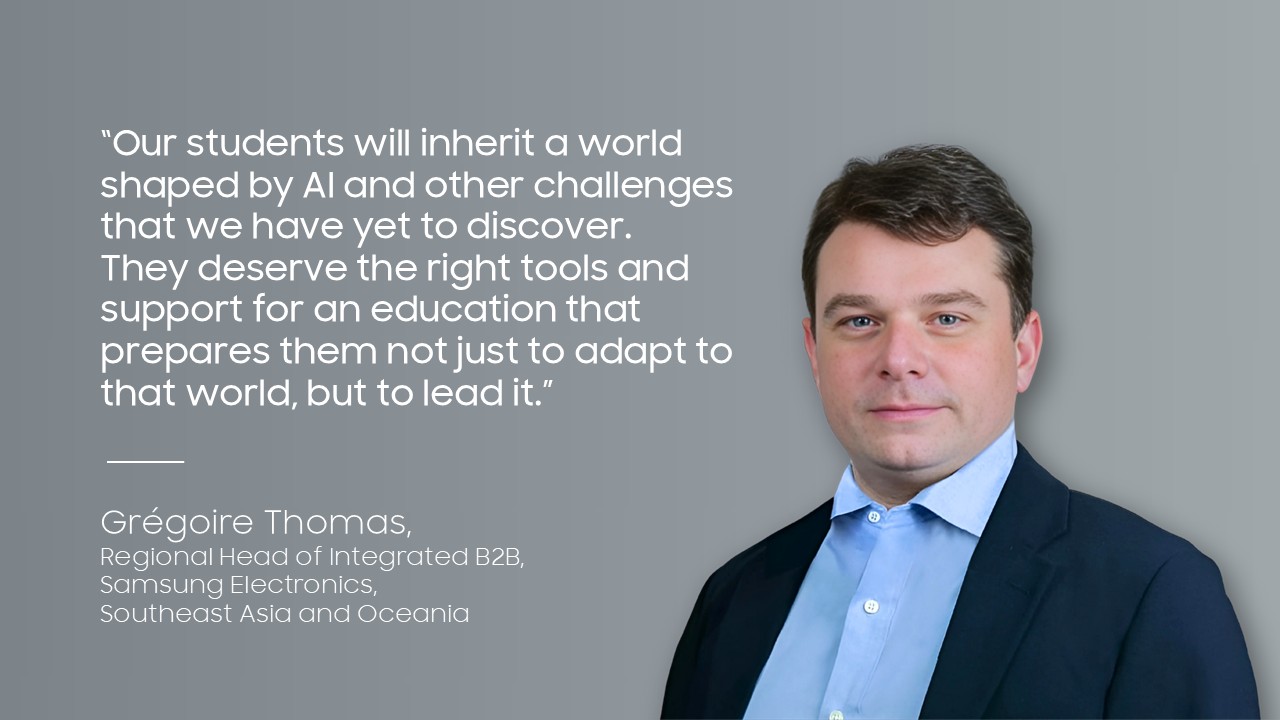
Picture this: a student in rural Indonesia collaborates on a science presentation with peers in Singapore and Thailand, using their AI-powered tablets to translate their respective languages for one another in real-time while an intelligent display in their classrooms brings their shared workspace to life. Far from being science fiction, these scenarios are already possible today, thanks to technology.
Working with educators across Southeast Asia and Oceania, I have had the privilege to witness a generation of digital-native students who don’t just use technology; but intuitively reach for it as something deeply embedded into their every day. Compared to preceding generations, these students approach problems differently, learn differently, and simply put, are also expecting their educational experiences to match the increasingly connected world that they will one day inherit from us.
This is not a question of whether technology belongs in education, but instead, whether we can be bold enough to reimagine how education can further grow thanks to technology.
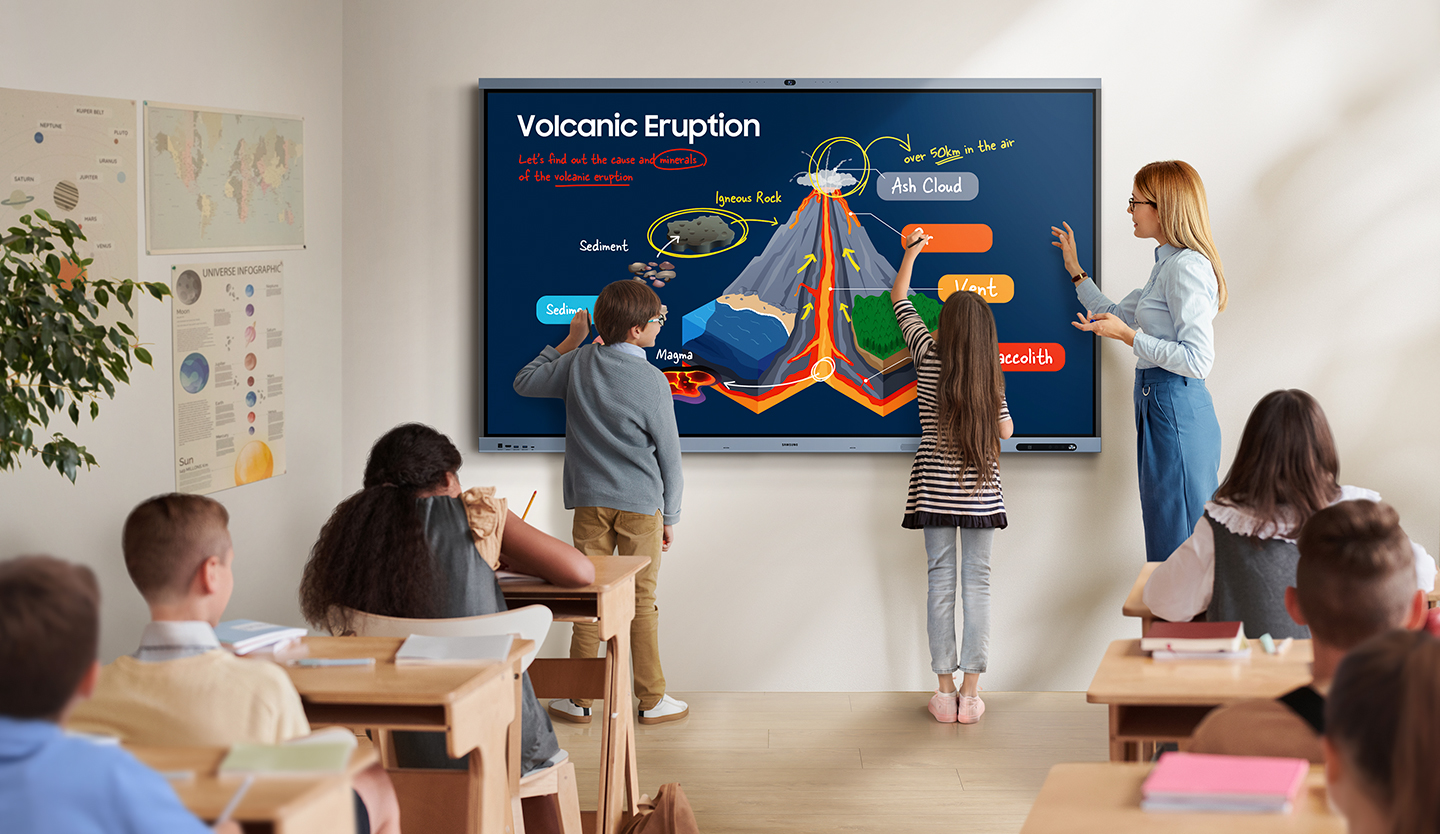
Samsung AI Assistant on the new AI-powered Interactive Display is built with intelligent, intuitive tools to organise lessons and collaborative learning
At Bett 2025 earlier this year, we unveiled something I’m genuinely excited about – our new AI-powered Interactive Display that integrates Samsung AI Assistant, equipping educators with more intelligent and intuitive tools to both organise and transform lessons.
Features like AI Summary help teachers create concise lesson recaps automatically, making planning much easier and simplifying post-class reviews for students. Meanwhile, Live Transcript converts conversations into text in real time for students to revisit and reinforce what they’ve learned in class. Armed with these tools, educators can transform lessons into dynamic and interactive experiences that maximise learning outcomes.
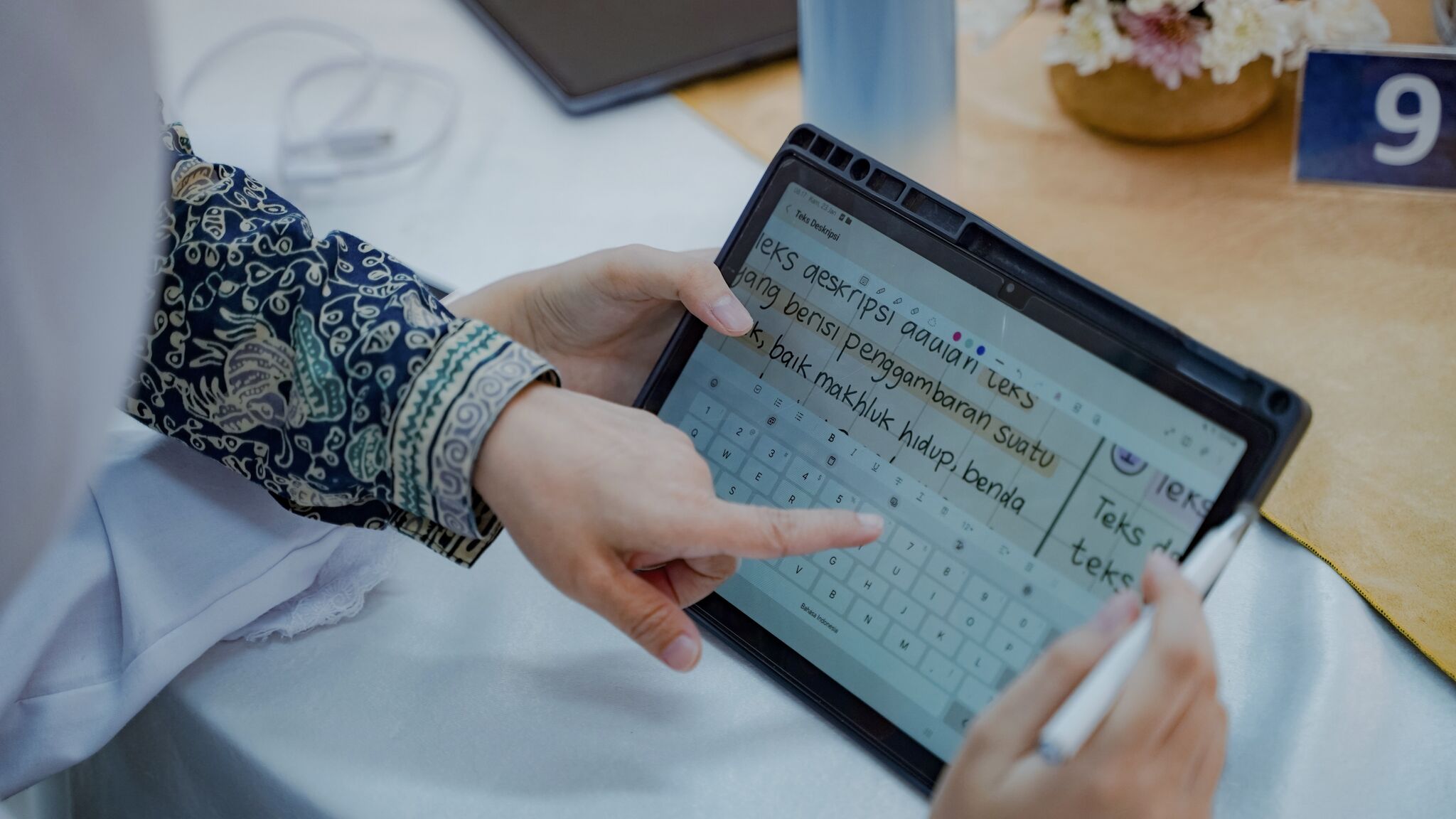
Students at Al Muslim Bekasi utilising the Samsung Notes app, with in-built Galaxy AI features
Furthermore, we recently rolled out the Samsung Digital Lighthouse School programme in Indonesia, starting with two schools: Al Muslim Bekasi and Salman Al Farisi Bandung. The programme aims to accelerate the digital transformation journeys of schools and enhance the learning experiences of over 2,500 students with AI-enabled Galaxy devices such as the Galaxy Tab S and A Series, with holistic protection by Samsung Knox.
At the end of the day, we want to have technology that inspires both educators and students to explore, discover and collaborate. Technology should not overshadow the human connection but instead, enhance it.
A concern that many educators have with technology is equity and access. When done right, technology can bridge, instead of widen, the gaps.
When a student in Bandung accesses the same AI-powered learning tools as someone in Seoul; when language barriers are removed through real-time translation; and when personalised learning can be adapted to the different paces and styles of both teachers and students, that is democratisation in action. A decade ago, high-speed internet used to be accessible only to those who could afford it.; today, these technologies are well within reach of most students across our region. Technology for technology’s sake doesn’t solve anything; instead, it is about creating ecosystems that benefit everyone.
However, educators are also just as concerned about having the right solutions on hand to help them fully maximise that potential, not just for students, but also for teaching staff. We work with local Edutech partners for classroom device management, as well as change management support, to better enhance learning outcomes for students. These collaborations are built around the understanding that technologies, like tablets for classrooms, are only as transformative as the support system around them. After all, tools are only as good as the hands that wield them.
Beyond devices, software and services, it is extremely important to have a clear understanding of national education strategies, curriculum requirements, as well as the long-term vision for digital learning. We have been engaging and collaborating with education ministries across the region to ensure that initiatives are designed to support and integrate with these existing frameworks.
Our Samsung Learning Hub, launched in January, exemplifies this approach. This digital resource hub for educators offers online training, teaching materials, certifications, and a community to further support teaching and learning outcomes. For digital learning initiatives to succeed, they must aim to complement and not replace traditional teaching methods.
The future of education cannot be a solo act, but must be built through collaboration among educators, students, parents, policymakers, and technology companies like Samsung. Here is my challenge to everyone reading this: whether you are an educator frustrated by the limitations of current teaching methods, a policymaker grappling with budget constraints, or even a fellow technology professional looking to make a real difference:
Let’s stop talking about the future of education and start building it. Let’s be bold enough to experiment, humbly explore new innovations to figure out what works, and persist in our efforts to continue iterating until we get it right, together.
Our students today will inherit a world shaped by AI, climate change, and other challenges that we have yet to discover. They deserve an education that prepares them not just to adapt to that world, but to lead it. For that to happen, we must also ensure that they are both enabled and empowered with the right tools and support to drive better and more effective learning outcomes in this digital-first world. Are we ready to lead it together?
At Samsung, we believe in building the future of education together. We welcomed attendees to experience our vision in action at Bett Asia in Kuala Lumpur that happened from 1-2 October 2025, and discover how technology can enhance, not replace, the human connection in the classroom. Attendees had the opportunity to speak with our experts, see live demonstrations, and learn how Samsung is helping create dynamic, interactive, and equitable learning environments for the next generation.
Let’s start building tomorrow’s classroom, today.
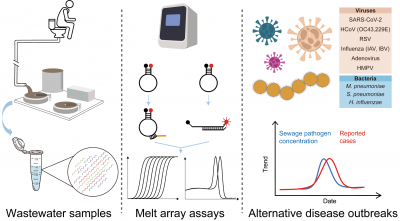
Researchers from Nanchang Center for Disease Control and Prevention, et al. have conducted a study entitled “Two-step wastewater surveillance reveals co-circulation of respiratory pathogens during the 2023–2024…

After debuting on the Pixel 10 (version 10.0), Google is rolling out the Pixel Camera 10.1 update to older devices with a handful of Material 3 Expressive tweaks.
On the viewfinder, the capture button is now a solid circle…